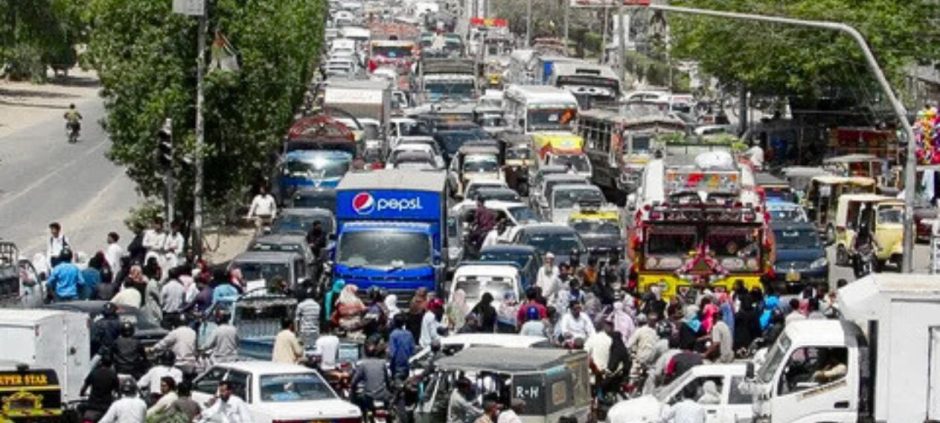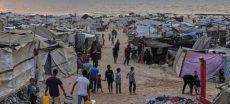Karachi residents are struggling with severe traffic jams as road repair work lags behind in the aftermath of recent floods. The city’s already battered roads have deteriorated further, leading to long queues of vehicles, delayed commutes, and growing frustration among citizens.
Authorities had promised quick action after torrential rains left several key routes broken and unsafe. However, progress has been slower than expected. Cracks, potholes, and water-damaged surfaces continue to block smooth traffic flow across main roads and link streets. For daily commuters, this means spending hours stuck in gridlock under tough weather conditions.
Karachi traffic jams disrupt daily life
The ongoing traffic jams in Karachi are affecting every section of society, from office workers and students to shopkeepers and transporters. Citizens argue that these problems could have been minimized with timely repair work. Instead, broken roads, scattered debris, and sudden diversions have added to the city’s traffic chaos.
According to transport officials, the damage is widespread. Roads in areas such as Shahrah-e-Faisal, Korangi, North Nazimabad, and Saddar are among the worst affected. Heavy vehicles further strain the fragile infrastructure, worsening traffic pressure.
The National Disaster Management Authority (NDMA) has already warned of more heavy rain and flood risks in Karachi, which raises fears that delays in repair work could cause even greater disruption in the coming weeks.
Citizens demand urgent solutions
Residents are urging authorities to speed up construction work, enforce strict traffic management, and prioritize road safety. Many believe temporary patchwork is not enough. Without durable solutions, the traffic jams in Karachi will continue to create hardships for millions of people who rely on the city’s roads every day.
Transport experts also point out that repairing roads alone may not solve the issue unless the drainage system is upgraded. Poor drainage allows water to accumulate on roads during rains, weakening them repeatedly. Unless this underlying problem is addressed, the cycle of damage and repair will continue year after year.
For now, citizens are forced to navigate bumpy roads, endure long waits, and manage the stress of unpredictable travel times. As one commuter put it, “Every day feels like a test of patience on these roads.”
With monsoon rains far from over, Karachiites hope that the government will act swiftly to ease the burden. Effective planning, durable repairs, and better traffic control are now urgent demands to prevent the situation from spiraling further out of control.











